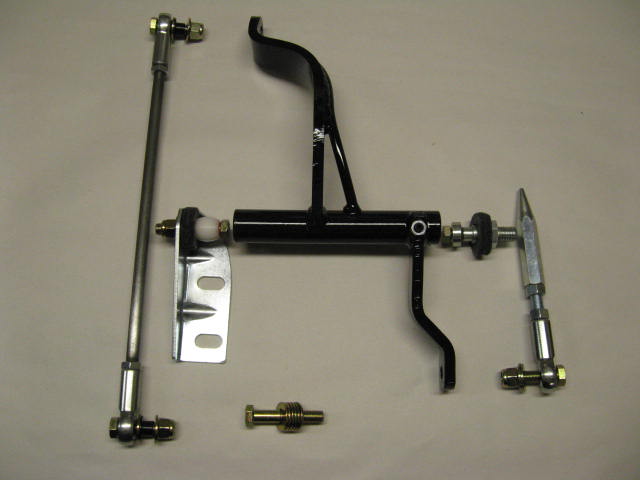So last Fall my faithful 351C spun a low main bearing in back of motor. I had a good pro shop rebuild and stroke it to a 408. Its dyno'd at 460HP/500FPT.
I have a local shop I use a lot for car maintenance, thats good to me, reinstall the rebuilt motor. Since I had motor rebuilt I figured we gotta put in new clutch and pressure plate that would be stupid not to. I order from Summit Racing at McLeod StreetPro 11" 10 spline clutch and pp. My logic, be it right or wrong, was that I now own almost 500HP mustang and stock clutch may vaporize quick if I enjoy dumping it (jury is out on that). So Now that motor is in, I get in car and push clutch pedal and holy crap thats hard to press! The motor dude told me to just buy a stock clutch and pp at local auto parts store but like a idiot I didnt listen. I seriously didnt think one step up in clutch would be that much noticeable but dear Lord you can really feel it. What do you say? Its ok if you tell me I'm a idiot sometimes I learn best at the school of hard knocks. I may have to bite bulllet and pay for new clutch install, I dont have a lift.
https://www.summitracing.com/parts/mcl-75111





